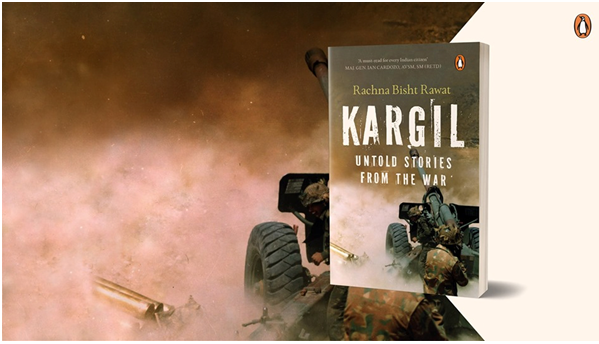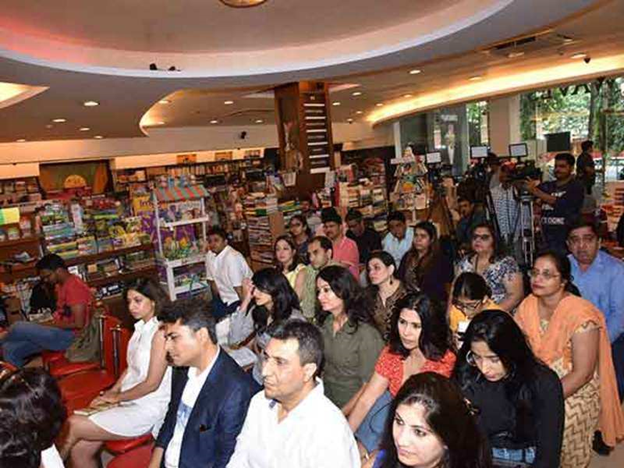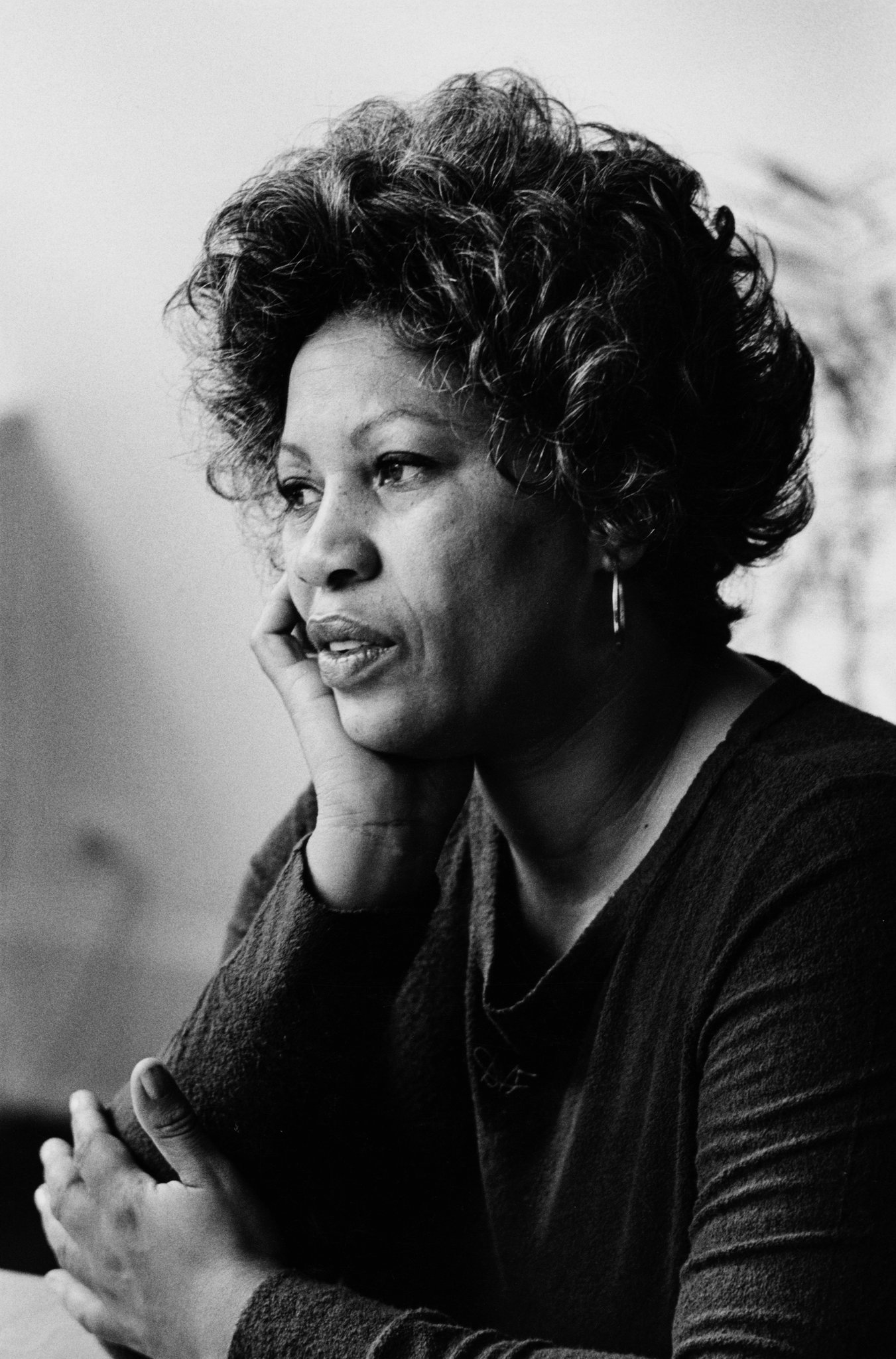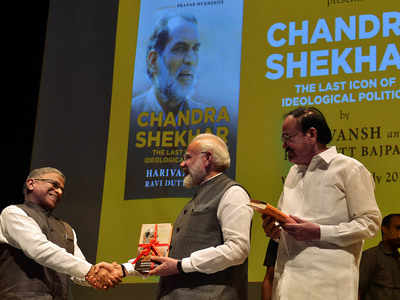Frontlist | ‘Sanskrit histories of Indo-Muslim rule are diverse in some ways’
Frontlist | ‘Sanskrit histories of Indo-Muslim rule are diverse in some ways’on Feb 24, 2021

Sanskrit histories of Indo-Muslim rule embody considerable geographic, political and religious diversity.
Sanskrit histories of Indo-Muslim rule embody considerable geographic, political and religious diversity. The authors hailed from all corners of the Indian subcontinent, from Kashmir to Tamil Nadu and from Gujarat to Bengal. They worked across nearly as broad an area (for the exception of Bengal, see the epilogue). Many texts were written by court poets, working for Muslim and Hindu kings; the works’ writers and patrons also include merchants, religious leaders and other non-imperial actors. Both Brahmins and Jains number among the authors.
Read More: New book examines Sanskrit works on India’s Muslim history
Brahmins get plenty of attention in contemporary Sanskrit scholarship, but Jains are often relegated to footnotes, literally. More than one scholar has repeated and so entrenched a Brahmin-centric view of the premodern Sanskrit tradition, in which Jains are presented as interlopers rather than full participants. By putting Jains and Brahmins on equal footing, I make a small contribution to the larger project of calling out and undermining Brahminical claims to define Sanskrit intellectual production, an issue that contemporary Sanskrit studies has not left in the past.
While Sanskrit histories of Indo-Muslim rule are diverse in some ways, their authors were elite in terms of language, gender and social status. These poet-historians all wrote in Sanskrit or (in a few cases) Prakrit, a set of Sanskrit-adjacent literary mediums, languages unknown to the vast majority of Indians, past and present. The authors were nearly all men. A sole historical text considered here was authored by a woman (Gangadevi’s Madhuravijaya), a small bit of diversity that, while important, points up the overarching gender exclusion that defined premodern Sanskrit textual production.
The authors were often high caste and, following the tight link between gender and caste, many express extreme levels of misogyny and casteism in their histories. They are unapologetic about all of this. Exclusivity and privilege structured premodern Sanskrit intellectual culture and the social spheres in which it operated, which in turn informed what people chose to say in Sanskrit.
Again, I will give away something of my findings: elite authors often express harsh, elite ideas. I present these below with an unvarnished gaze and attempt to contextualize premodern views, no matter how distasteful and bigoted we may find them today. Brahminical privilege is one notion to which I return several times, because it was a borderline obsession among several authors (e.g., Jayanaka, Jonaraja and several writers working for Rajput and Maratha courts).
We also see recurrent attention given to Kshatriya kingship, a flexible institution that rulers and intellectuals defined in many different ways. Being a Kshatriya ruler was, for most thinkers, a varna distinction and typically involved certain kinds of relations with Brahmins. But for numerous premodern Sanskrit thinkers, the advent and expansion of Indo-Muslim rule provided new foils for thinking about what it could mean to be a Kshatriya king or warrior. Some of the results were stunning. For instance, writing in the fifteenth century, Nayachandra upholds a Muslim Mongol, somebody outside of the varna system, as an exemplar of Kshatriya heroism (Chapter 3).
Writing in the sixteenth century, Chandrashekhara lauds as an ideal Kshatriya king a man who neither ruled nor fought for himself (Chapter 6). There remained more traditional views as well, such as Paramananda’s seventeenth-century vision of a Kshatriya ruler who took every conceivable action to assist Brahmins (Chapter 6).
Books On Indo-Muslim History
Frontlist Book News
Frontlist India
Frontlist News
History of Sanskrit In India



.jpg)






.jpg)

.jpg)
.jpg)
.jpg)
.jpg)
.jpg)










Sorry! No comment found for this post.